[Written By Frank Bry for Designing Sound]
I love aviation, and I can’t really explain why. Maybe it’s the idea of soaring around the skies with total freedom like the birds… or maybe it’s the sound a F/A-18 Hornet jet makes when flying by right in front of me at 300 mph. Moving air, nothing sounds quite like it when it’s being moved by an engine that can produce 18,000 to 90,000 pounds of thrust.
When I lived in Seattle in the 1990s, I recorded all kinds of airplanes. Washington State has local airshows, private and public airports, and military airbases scattered all around the state. The Puget Sound area (Greater Seattle) is a really wonderful place for recording airplanes because of the Boeing manufacturing and testing plants in the region. Every summer there were at least six airshows and I tried to get to them all. Sometimes I would just go and hang at the end of the runway outside a fence at Boeing Field to see what I could record. I recorded all kinds of antique warbirds, fighter jets, bombers, commercial airliners, prop planes, and ultralights. You name it, I recorded it. I never ever planned to record these airplanes. It was all done spur of the moment and when my schedule allowed.
My rig at that time was fairly low budget according to today’s standards but it worked well and was reliable. For a long time I used a Panasonic SV-255 DAT recorder and a pair of Sonic Studios DSM headworn microphones or an AT-825 stereo mic. I liked the DSM mics because I could wander around recording and usually no one could tell what I was doing. It looked as though I was listening to headphones. By the late 90’s I had upgraded my DAT to a HHB PDR-1000 and picked up a Shure VP-88 (but I liked the less expensive AT-825 better).
I put together some audio clips from a few of these sessions for your audio pleasure, and some backgound on the locations and circumstances surrounding the audio clip. I also include some tips from what I have learned on the ultra high speed supersonic adventure of airplane recording.
First up: The Blue Angels.
Every summer the Navy’s Angels would scream into town and put on a dazzling airshow over Lake Washington. They would park at Boeing Field and then perform some rehearsal flights for a couple of days before the main event. During these rehearsals, I would grab my gear and try to find a few great locations to record them. I recorded them taking off one-by-one and in pairs at the south end of the runway. I remember getting covered in jet exhaust wash as they passed very close over my head, then they kicked in the afterburners and headed straight up. It was an amazing experience, but the jet wash was very odiferous. I also got some cool formation pass by recordings. Five or six jets passed by in a delta wing formation and as they reduced speed, a strange pitching down sound was produced as they passed by. The second F/A-18 audio clip has them flying by super fast, one after another, as I sat in a park near the performace area. I sat on a hillside as they flew by me at eye level. I think I was only a couple hunderd feet away and hoping they would not see me. That park is no longer open during the show or rehearsal.
[soundcloud width=”100%” height=”225″ params=”show_comments=true&auto_play=false&show_playcount=true&show_artwork=true&color=ff7700″ url=”http://api.soundcloud.com/playlists/461335″]
I recorded the B-2 Lancer and B-1B stealth bombers at several Boeing Field airshows back in the mid 90’s. I love the sound of the stealth aircraft. Except for the B-1B, which is extremly loud, the modern stealth jets have fairy quiet engines. What surprised me about these jets is how they sound—they almost whisper or whoosh as they go by. I was standing right next to the runway during this airshow and these jets were making some seriously high speed fly-bys 150 feet above the runway. I was also able to record a Harrier, a U-2 Spy Plane, a B-52 Bomber, an F-16 Fighter, and a Russian MiG-17.
[soundcloud width=”100%” height=”225″ params=”show_comments=true&auto_play=false&show_playcount=true&show_artwork=true” url=”http://api.soundcloud.com/playlists/461312″]
I spent many an afternoon recording the WWII Bombers that visited Seattle every year. They toured multiple airports in the area so if I missed a flight demonstration there would be another opportunity to record them. The best recordings I got were at an airport a short drive north of Seattle in Arlington, Washington. I somehow convinced the gate guard to give me an All Access Pass to the airshow. I’ve successfully done this in the past at other airshows. I was able to wander all over the airstrip and get these antique beauties taxiing, taking off, and landing.
At another airshow near that airport at Paine Field I recorded a whole days worth of aircraft. There was quite a line up. Antique warbirds, modern jet fighters, and an F-117A Stealth Fighter. I also had an All Access Pass and was able to wander around during breaks in the show. I started hearing jet engine rumble and walked over to where the sound was coming from and saw a Boeing 757 parked on the tarmac with huge cables strung from the wings and body to anchors in the ground. It seemed as if they were testing the engines. They would throttle up the engines really high and then throttle back down to idle over and over again. This was great except I was behind a fence that acted like a sound absorber. I got some good stuff but would have liked to have been closer. My favorite part of that show was the P-51. I recorded really awesome high speed passes. One was so fast that I got spooked. I was not able to follow him as he flew into the clouds after his last pass, and then all of a sudden, he came out of nowhere…. extremely fast and close to me.
[soundcloud width=”100%” height=”225″ params=”show_comments=true&auto_play=false&show_playcount=true&show_artwork=true&color=ff7700″ url=”http://api.soundcloud.com/playlists/461364″]
I have an amusing story. This happened one night back in 1993 when I was trying to record jets in the middle of the night at an airport in Seattle. I was with a good friend and we were out recording jets landing at SeaTac airport in Seattle. We got some great stuff late at night and as usual I wanted more. Around 3 am we headed to another smaller airfield where Boeing has the 737 factory. We found a gate open so we walked right out onto the runway. We were there less than a few minutes when we saw the lights. A police car or airport security had spotted us. I was really freaked but my friend was very calm. He had been raised in that town, and knowing him, probably knew everone . The car drove up and asked us what we were doing. We told the man were were trying to record some jets landing. He laughed and said, “There are no &%#*!#%$ airplanes landing here at 3 o’clock in the morning. Get the hell out of here!” We were gone. I’m sure you can’t do that anymore now because we live in a different world today, but back then, what the hell, we gave it a shot.
I wish I had more time to travel back to Seattle and record more airplanes. There is a local airport here that has fly-in events with prop planes every year. Early Saturday morning on August 14, 2010, I was out in the garden picking fresh raspberries, thinking about what I was going to do for the day when I heard this distant hum overhead. Then out of the blue, three bi-planes in formation flew very low overhead. I thought to myself, “This is very strange way out here in the country.” I ran inside and searched the web for any kind of air show event in North Idaho. I found The 6th annual Sandpoint Fly-In event and it was happening right now.
With all that I had to do that day, the last thing I thought of doing was to gear up and go record. What the hell I thought, when you get the chance to record something cool, go get it. So I packed up my CSS-5 and the SD-702 and headed for the airport.
When I got there, dozens of prop planes were parked and flying around. There is always a band playing at these kind of events so I walked to the end of the runway where they start to take-off. After a few minutes, planes started pulling up and performing a quick engine run-up as they prepared for take off. Nobody really bothered me as I was standing in the scorching sun with a boom and a microphone. The airport security guys just waved as they drove by on ATV’s. Small town airports are great. You can wander around very close to the runway as long as you don’t step out on the runway.
I was able to get right up next to and behind the airplanes as they were getting ready for departure. I got some great prop plane engine recordings with minimal background noise.
[soundcloud width=”100%” height=”225″ params=”secret_url=false” url=”http://api.soundcloud.com/playlists/461368″]
I have recorded many more airplanes and helicopters than I can write about in this article. Everything from the Boeing 777 on a high speed airshow pass, to ultra fast Naval helicopters, to the interior of a 757 with barely a passenger on board. But space is limited and it’s time to close. I love airplanes and that is why I record them.
Tips for recording airplanes:
- Jets, especially military jets, are probably the loudest thing you’re ever likely to record. The “pass bys” can be short in duration, about one or two seconds, with very long approaches, so always use the limiter in your recorder if you have one. You might also need a pad before the input of your recorder.
- Don’t worry about recording a “stereo” by. Anybody who uses the recording, will most likely end up panning it anyway to the image on screen. Two channels is fine, but don’t think you have to position the mics so that the jet approaches on the left and departs on the right. That’s fine if it happens, but don’t think you’ve failed if it doesn’t.
- Because the jet moves air at tremendous velocity, it sounds like distortion even before you record. Not much you can do about that. The moment of the actual “by” will be at least thirty decibels louder than the points in time right before and after the “by.” Sometimes it can be useful to ride gain or even use a limiter. I recommend a limiter. The current day technology is far better than the technology of yesteryear.
- Wear hearing protection and keep your mouth closed as the jet passes by. Even if you’re wearing earplugs, you can get hearing damage from sound entering your mouth and going to your ear through your nasal cavity.
- Bring some dynamic mics along with the standard compliment of stereo and/or mono location recording mics. Stereo Shotguns work well especially in areas of high bacground noise. Give the dynamic mics a try for some of the recordings and play back the takes while you’re waiting for the plane to come back around. Even if you miss a pass by or two, doing this is better than having everything come out unusable. Dynamics can handle the really loud part well, but they’re not sensitive enough to get all the great detail on the ins and outs. You can try riding the input gain up and down at the peak of the by and see how that goes. But remember, this takes some practice.
- Try different recording positions. It’s amazing how far you can be from something that loud and still get a great recording. You would think you have to be right on top of a jet to get good results. It’s not always the case. I have found with airplane recording that standing away to one side will give you good results. Don’t think camera angles. What looks cool may not sound as good. Close your eyes and listen through your headphones (if your wearing them). Don’t be afraid to move to another location if you don’t like the results.
- If you are making a big day out of it and have some budget, get a few recordists to record with lots of different mics and from different positions. It increases your chances of getting some usable stuff and then you can listen critically when you get back and decide what works best.
- Don’t forget to voice slate or document the takes as you are recording or before you call it a day. Your machine might be recording for a while and have many takes on it. When you organize it later you will have a good reference of what you recorded.
- Get plenty of rest after the session. Recording loud sounds can really wear your hearing and your body down. If you are in the sun all day, make sure your take the appropriate measures to protect your skin and eyes. Bring lots of water.
- When I was recording jets in the 90’s it was fairly easy to get close to or on an airfield. Nowadays it’s probably not a good idea to be standing anywhere near a runway with a pistol grip and microphone pointed to the sky. Get special “James Bond” like clearence first.
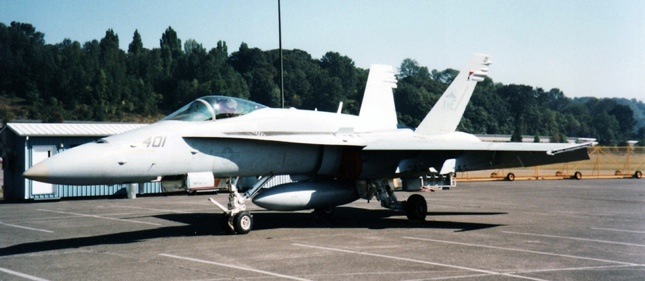

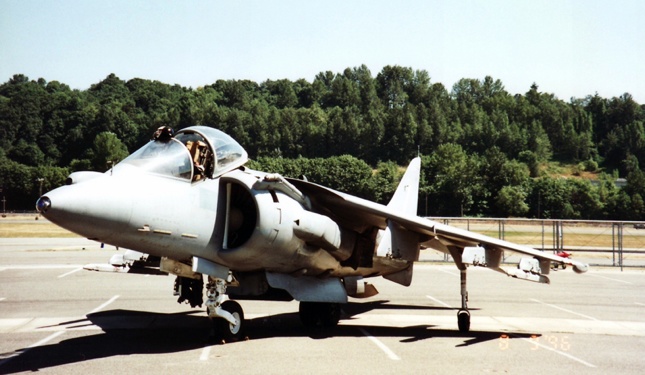
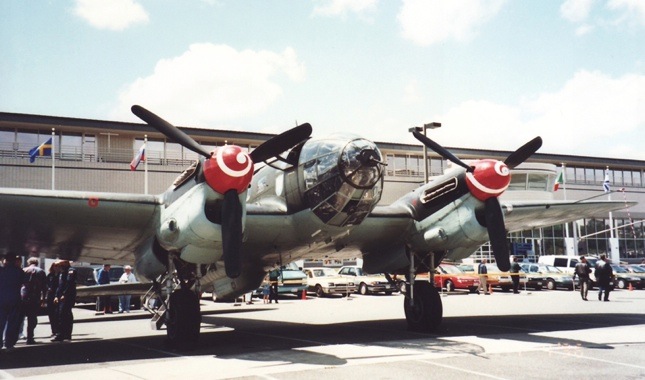
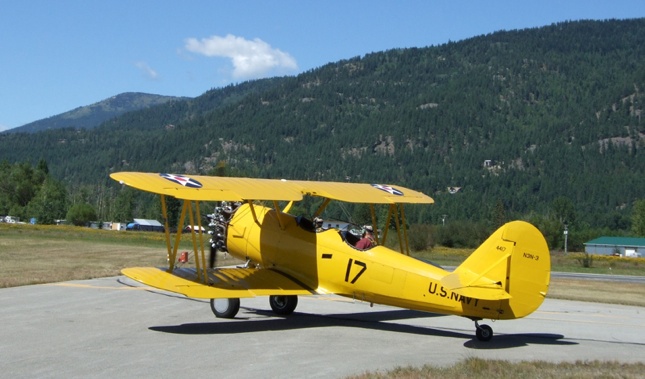
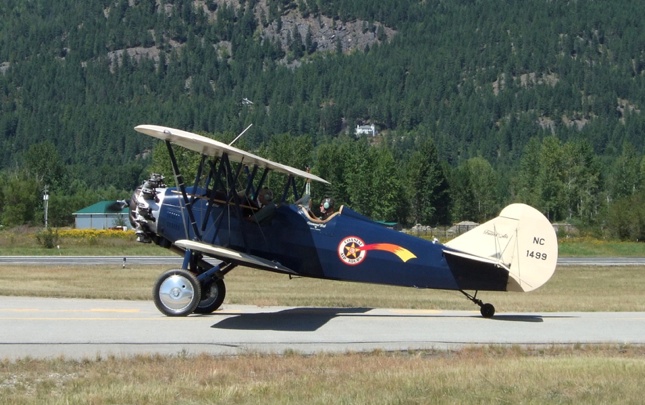
“Wear hearing protection and keep your mouth closed as the jet passes by. Even if you’re wearing earplugs, you can get hearing damage from sound entering your mouth and going to your ear through your nasal cavity.”
Wow! This I did not know. Thanks for the tip!
actually, having your mouth closed can cause your eardrums to be damaged due to the pressure in your lungs bursting your eardrums. – the military always recommends having your mouth open especially around things like artilliery and explosions. loud aircraft would also fall into that realm…..
Also…kill the guy who’s shouting “heeey duuuuuuuuude, what are you doooooooingggggggg ???”
And also record some “detail” stuff like door closing, starting up, shut down, full power of engine.
It’s indeed mouth open. Because there’s pressure on the eardrums indeed..so that pressure needs to “escape” true your mouth.
Also…kill the guy who’s shouting “heeey duuuuuuuuude, what are you doooooooingggggggg ???”
And also record some “detail” stuff like door closing, starting up, shut down, full power of engine.
I stand corrected on the mouth thing. Thank you Charles, your are the master with Military stuff, thank you.
Also, these recordings are by no means complete coverage of any given aircraft. They are from the archives of my adventures wandering around a recorded long time ago. Relax, dude.
Hello! first i’d like to say that this post is amazing!.
I had the opportunity to go to an airshow and record some airplanes and Jets as well. Recording the airplanes was way easier than recording jets, because they are REALLY loud. I was using a 722 Sound Device portable recorder, with a Low Gain Range, but even though i was using the Low gain range the recorder was still showing distortion on the inputs. But anyways, I would like to ask for some advice to edit this sounds, maybe some tips for using EQ on them?